Peter T. Daniolos, M.D., Associate Professor of Psychiatry and Pediatrics at the University of Iowa Hospitals and Clinics, child and adolescent psychiatrist, and member of the Autism Center of Excellence, visited Grinnell on Wednesday to deliver a lecture entitled “Psychosocial Interventions for Autism Spectrum Youth.” He discussed the various changes the diagnostic spectrum for autism is currently undergoing as well as the broad and evolving social implications of the diagnosis.
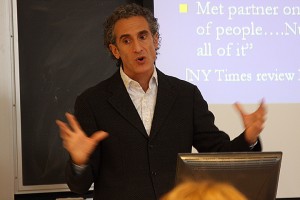
You spoke about autistic children’s trouble with empathizing and how you address that by teaching them to read social cues and to respond accordingly. Is that teaching them to act a certain way or is that teaching them the concept of empathy?
The theory is that kids with autism struggle with empathizing for a lot of reasons. One of them is this thing called the “theory of mind,” which basically means that you or I can put ourselves in another person’s shoes in terms of feeling what they feel momentarily. And you can’t train that innate ability. It’s a neuropsychological function that some people have naturally. But having said that, it’s been said that with repetition, if you can somehow repeat over and over some of the various strategies that they’ll try to do in therapy with these kids, they can actually take on that capacity and become much more effective. Interestingly, once when I gave this lecture, a medical student came up to me afterwards and said “I’ve been diagnosed with autism since I was a child. I had 40 hours of ABA therapy a week since I was three through high school.” I would never have known. He was using good hand gestures, he was looking at me, he was using good tone, he seemed sensitive to the things I was saying, which is empathy. So, I think with time and practice, with the right therapist, it’s possible to do a lot. To me, it often seem a little stilted and practiced. The kids don’t react quite as spontaneously.
There’s one other theory called the mirror neuron theory that’s kind of a hot topic, because some people are connecting that to autism, too. They’re a subset of neurons in our brain that fire when we watch someone do something. So if I watched someone pick up this spoon, the same neurons that help that person pick up this spoon would go off in my head as if I were picking up the spoon. Which is so wild! Now the theory is that maybe mirror neurons also work for feelings. Like the phrase “I feel your pain” is literally true. So when I see someone really sad, I feel deep sadness in myself that I can, hopefully, use effectively when I’m doing my work. But the theory is that kids with autism have a harder time with that, and the mirror neurons aren’t as effective in them. So yes, the long answer is I think it’s trainable, but it doesn’t feel quite as spontaneous and is a little more stilted. There’s an immediate jumping into showing concern. One of my favorite stories is that a mother was changing a light bulb and she fell off a ladder and really badly hurt her back. She was lying on the floor, and her nine-year old boy with high-functioning autism walks into the kitchen and steps over her. There’s a ladder. She’s wincing in pain. He goes to the refrigerator, gets something to eat, and goes downstairs. And it’s not that he’s cruel. But he didn’t read any of the social cues or facial expressions. It just didn’t come naturally. Now, with someone kind of scripting or guiding him, he probably wouldn’t have done that. When you work with these kids, you try to train it, but it takes a while for it to get to that natural, fluid point. But some people do catch on.
You seem to enjoy immensely and have such passion for working with and interacting with these kids. But how can people who aren’t trained in this type of interaction try to befriend those with autism?
I think … that’s hard. Because these kids can be disarming. They will bump into you; they’ll act as if you’re not there; they’ll totally dismiss you. You might experience them as rude, willful, badly mannered, poorly parented. I think the best thing you can do is to become well aware, so that when we see that quirky kid in a store, you think twice about how they ended up that way. And then be more careful about the way you approach that person. Because for someone to sort of come into your physical space, it’s really intrusive when you struggle with social connection. So you want to be much more indirect, I think. When I’m at functions where I sense someone very much in that world, I want to not just come and chatter and smile and overwhelm them. But then the other thing I think people need to remember is that many of these people really want friends. It’s a myth that they’re happy on their own, and loners. They want to connect, they don’t know how. I find that just reading some of these [autistic autobiographies] like “Look Me in the Eye,” where you get to experience some of their lives, increases the ability to be sensitive to who these kids are. Because they’re misunderstood. They’re targeted all the time. We’re adults! I’ll find myself at gatherings where people are very clearly put off by an obnoxious adult in the room who’s being really insensitive with their comments. And I’ll wonder … well, some people are just obnoxious because they’re obnoxious. But some people are just obnoxious because they’re misreading every cue. I can think of a family friend, who was clearly an older man with Asperger’s that was missed his whole life, and everyone thought that he was a bad father, a bad this, a bad that. When in fact … his family thinks he’s just trying to come up with an excuse for being a bad dad, but I know this person. He clearly struggles to read social cues, and he’s infamous at dinner parties for saying something that insults at least half the room. It can be an ethnic comment or a racial comment … and he’s not racist. But he will inevitably say something that will deeply offend someone in the room. When that happens, because I have a sense of what this person is, I am much more forgiving of that.
Another thing that you spoke about which really struck me was that people who are minorities or of the lower-class, particularly black men, often go undiagnosed or misdiagnosed with other disorders like psychosis. How would you propose we address that?
Girls too, because we tend to focus more on boys in dealing with autism.
Really?
Yes, but when girls have autism, they tend to be more impaired. We don’t know why. More boys than girls get it. The theory is that girls’ brains are protected somehow against it. It’s such a sexist theory, but it rings true—it’s the male systematizing mind versus the empathizing female mind. And yes, there are cultural factors to that, but there’s some evidence that it’s also biological. There are a lot of feminist scholars that refute that, but the theory is that the autistic mind is the male, systematizing mind gone to the extreme … so that the person is so analytic that they lose touch with emotional things. So women’s minds have already been programmed, theoretically, to be sort of … anti-autical. The females that do have autism, boy. It’s broken through a protective barrier, for a lack of a better word. So the girls I work with that have autism tend to be more severely impacted than the boys. So, going back to your question about diagnosing minority kids, I just think there needs to be an awareness. That this is not a depressive battle or a psychotic child. People with less money and less financial needs know less about this and seek it out less frequently. They fear the diagnosis because it’s stigmatizing in their minds. Whereas, a more educated family would grab it, not that they would want it, because it would inform their world about why their child acts a certain way and how they could get services for their kid.





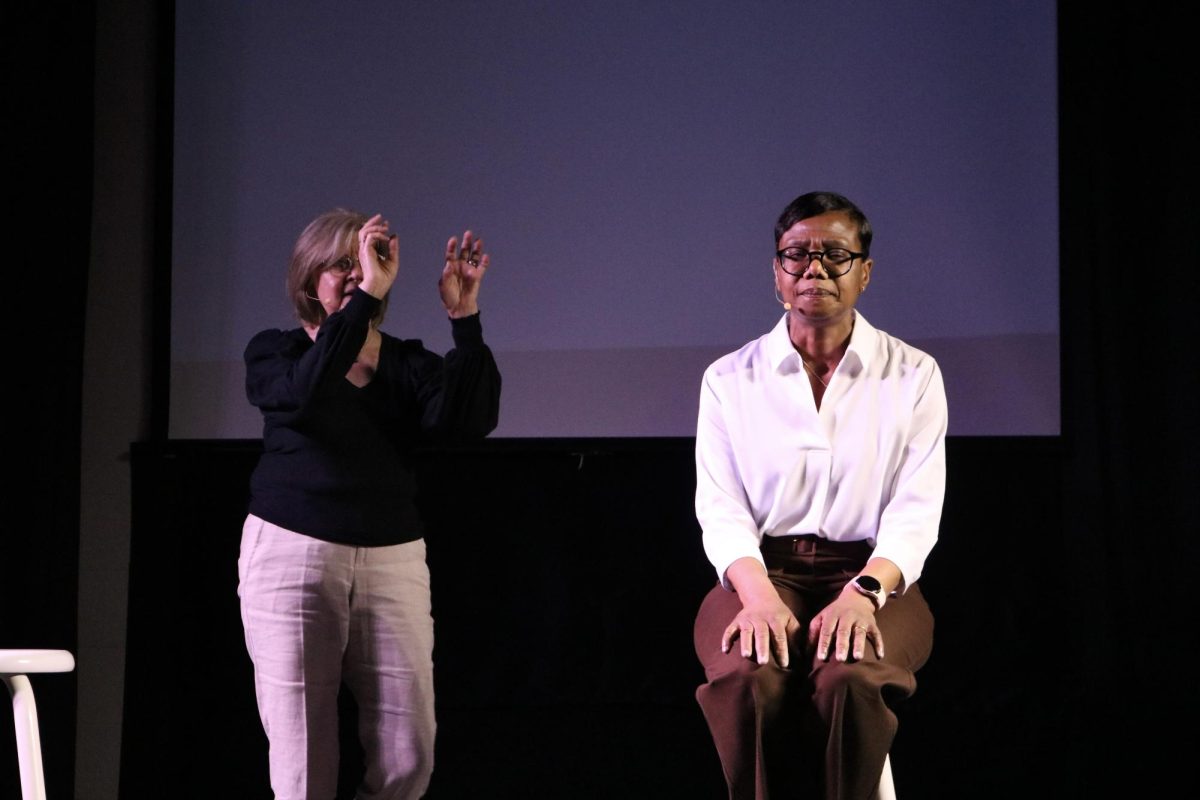

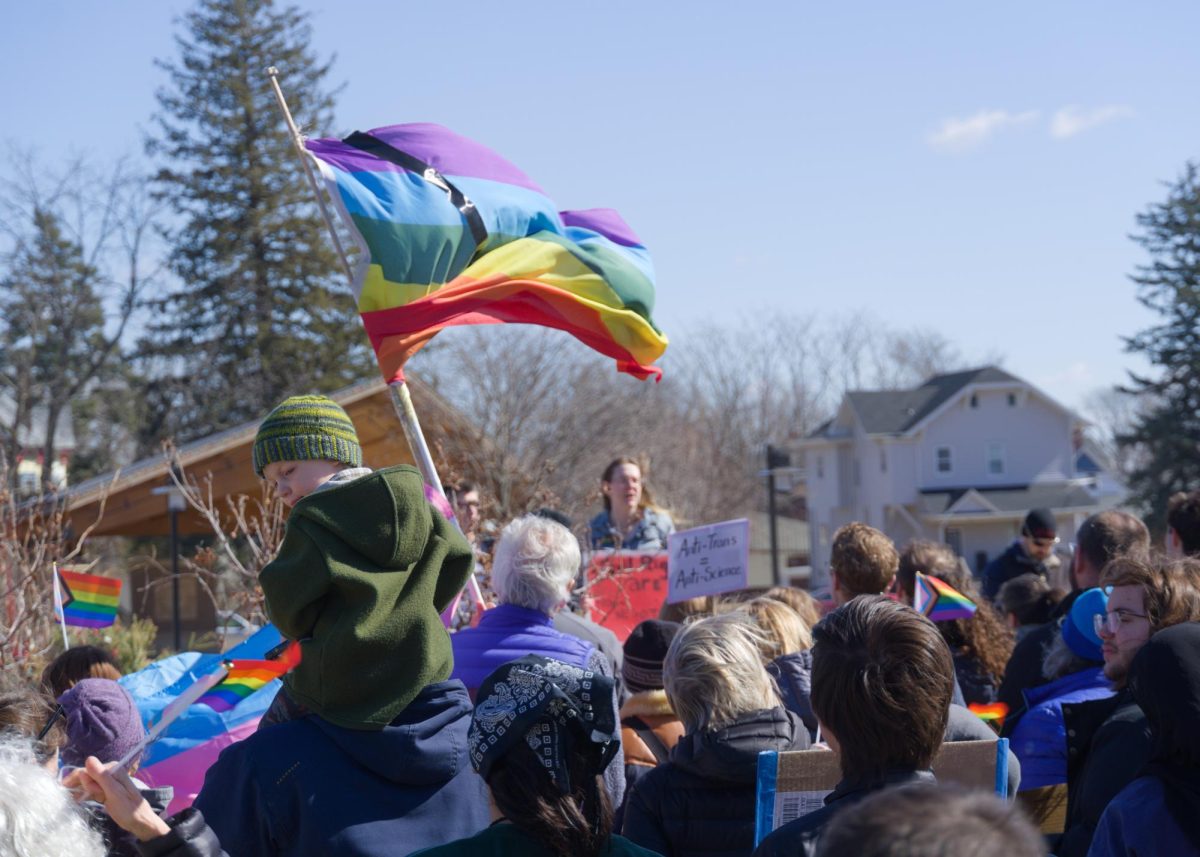
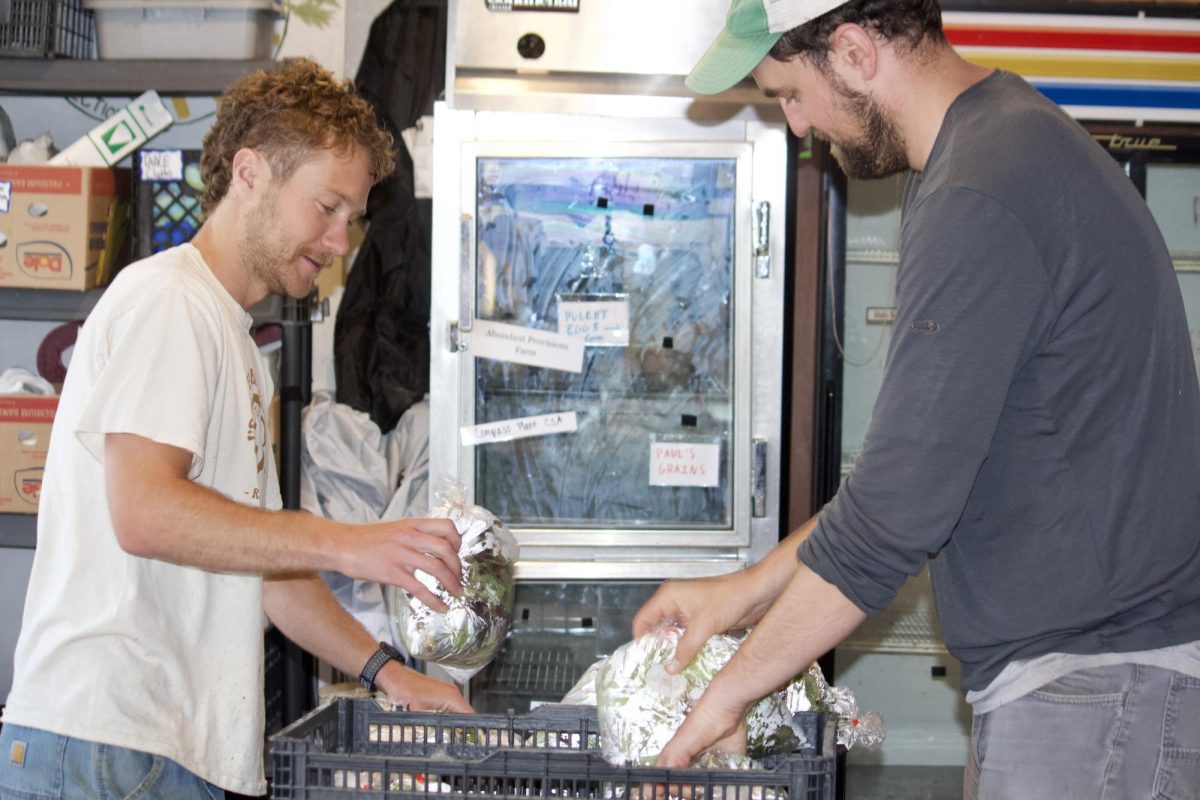



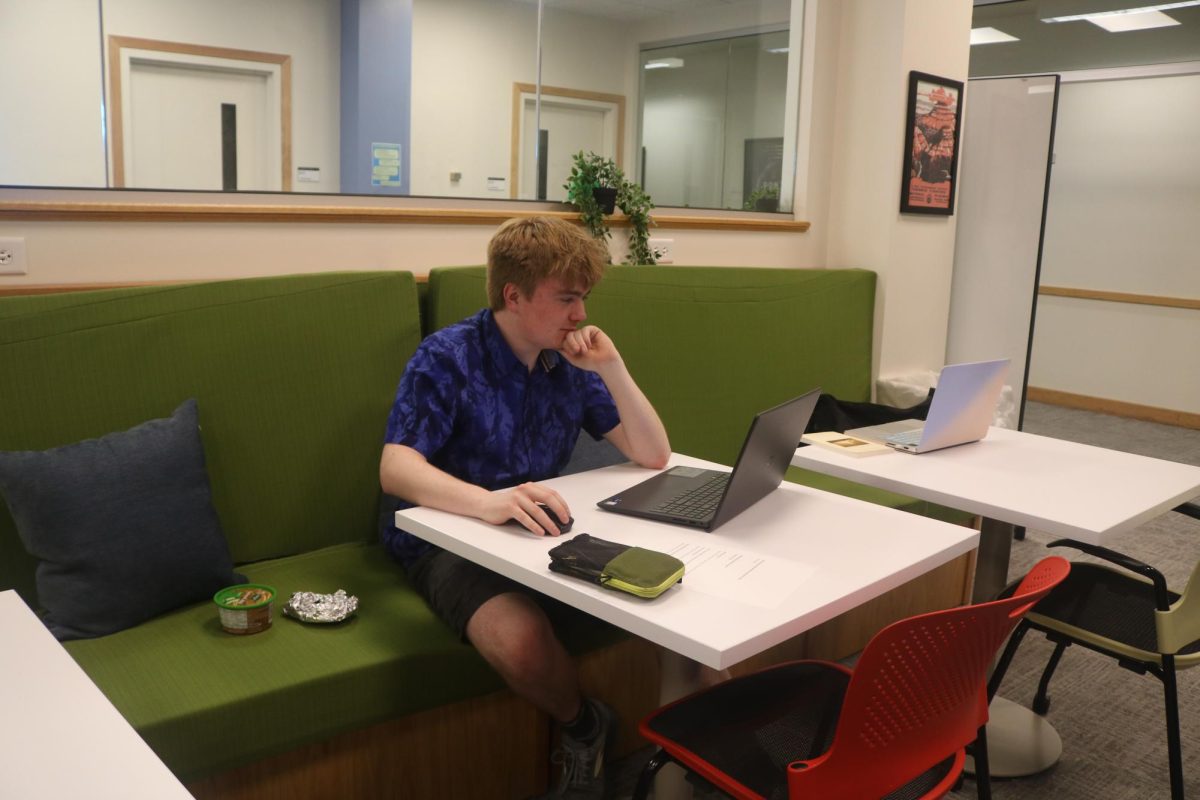
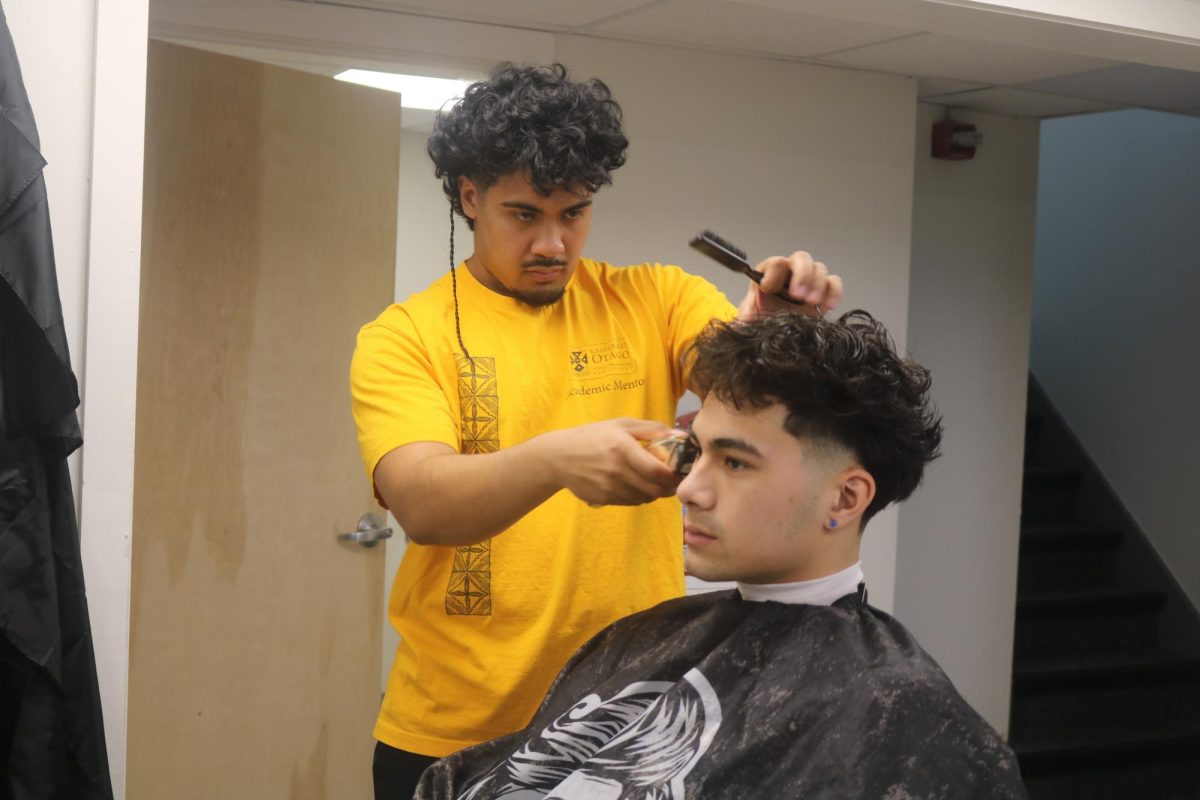





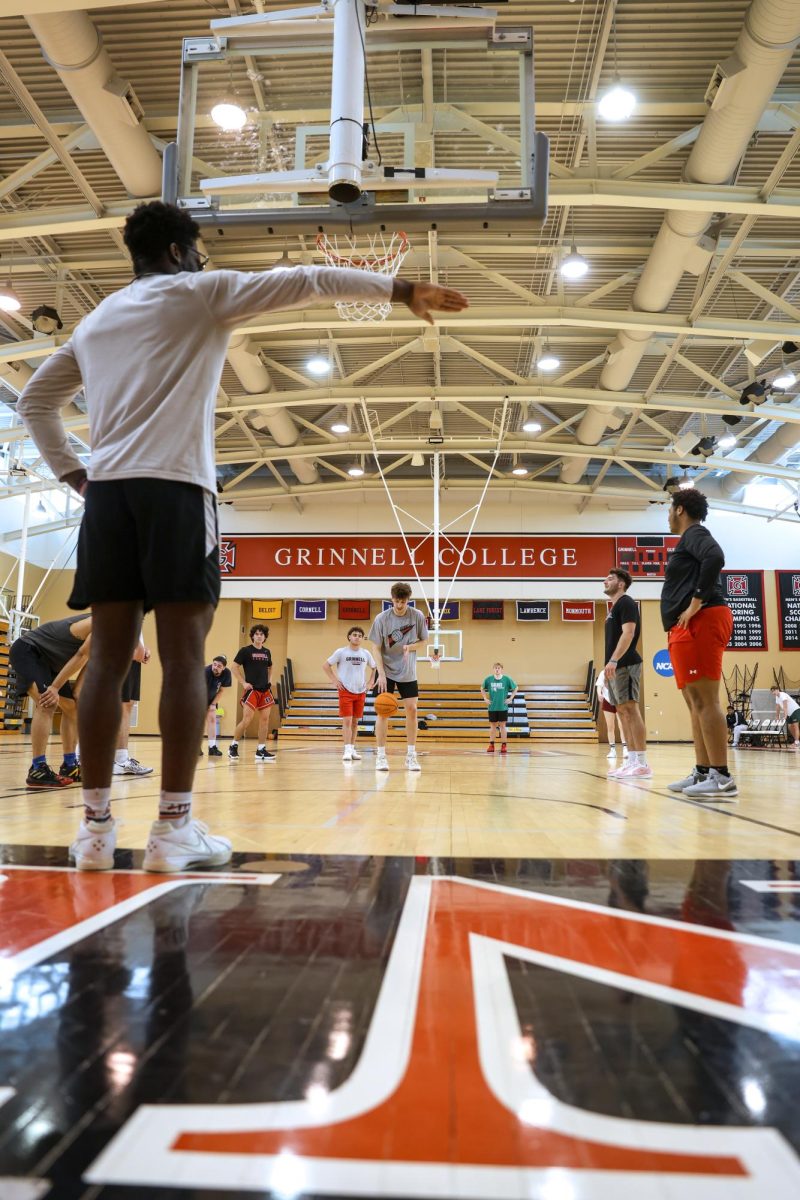


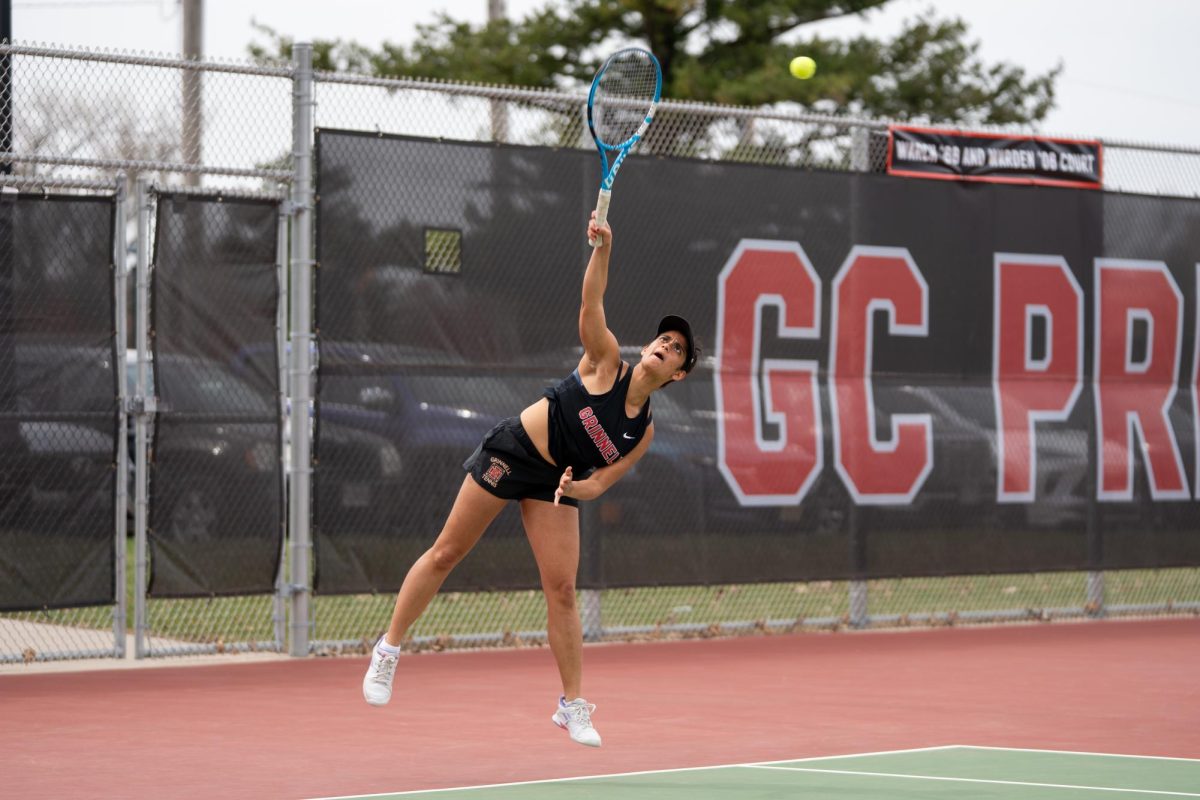


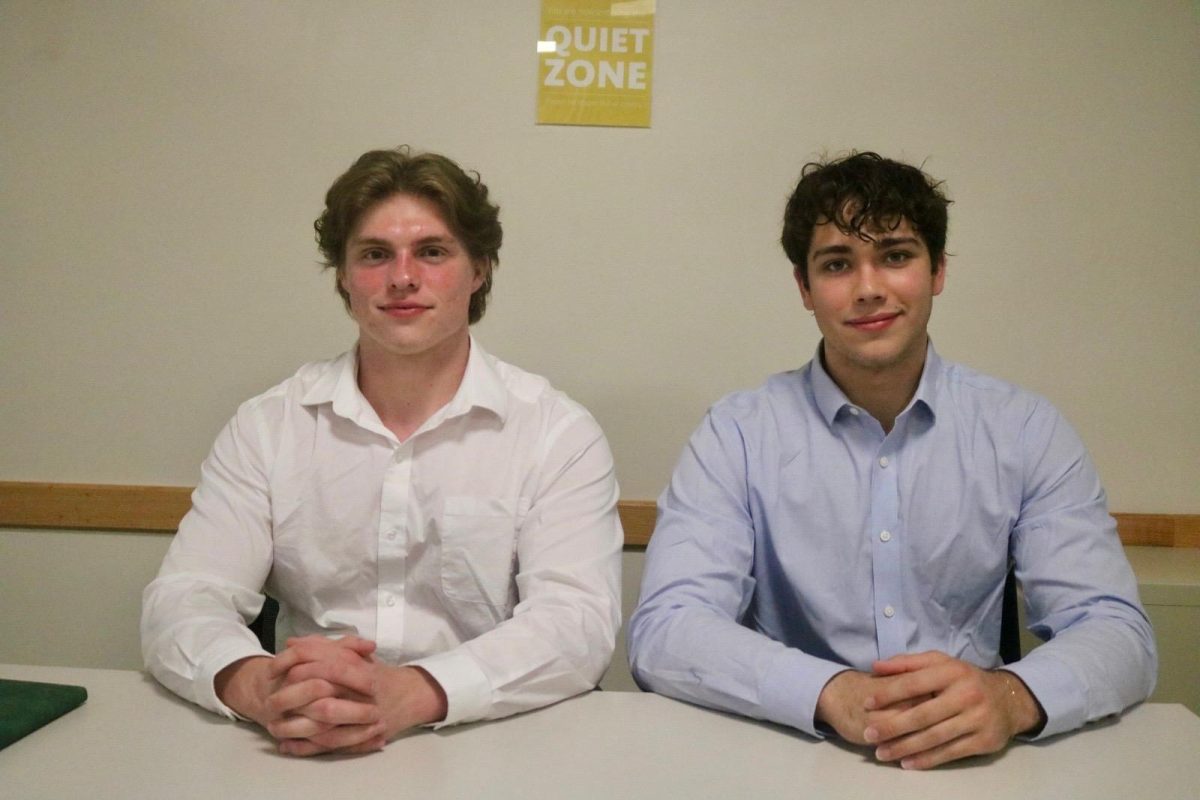



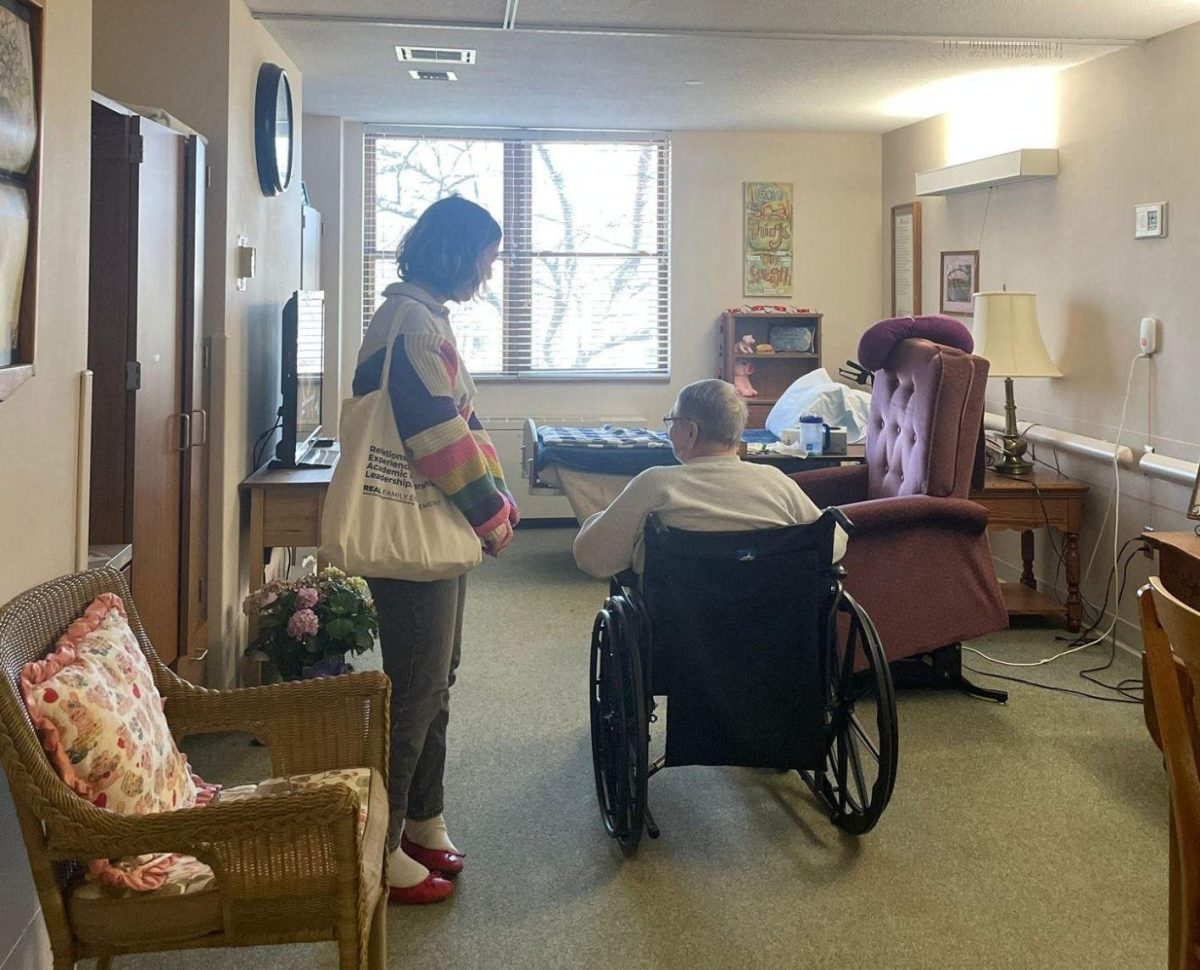

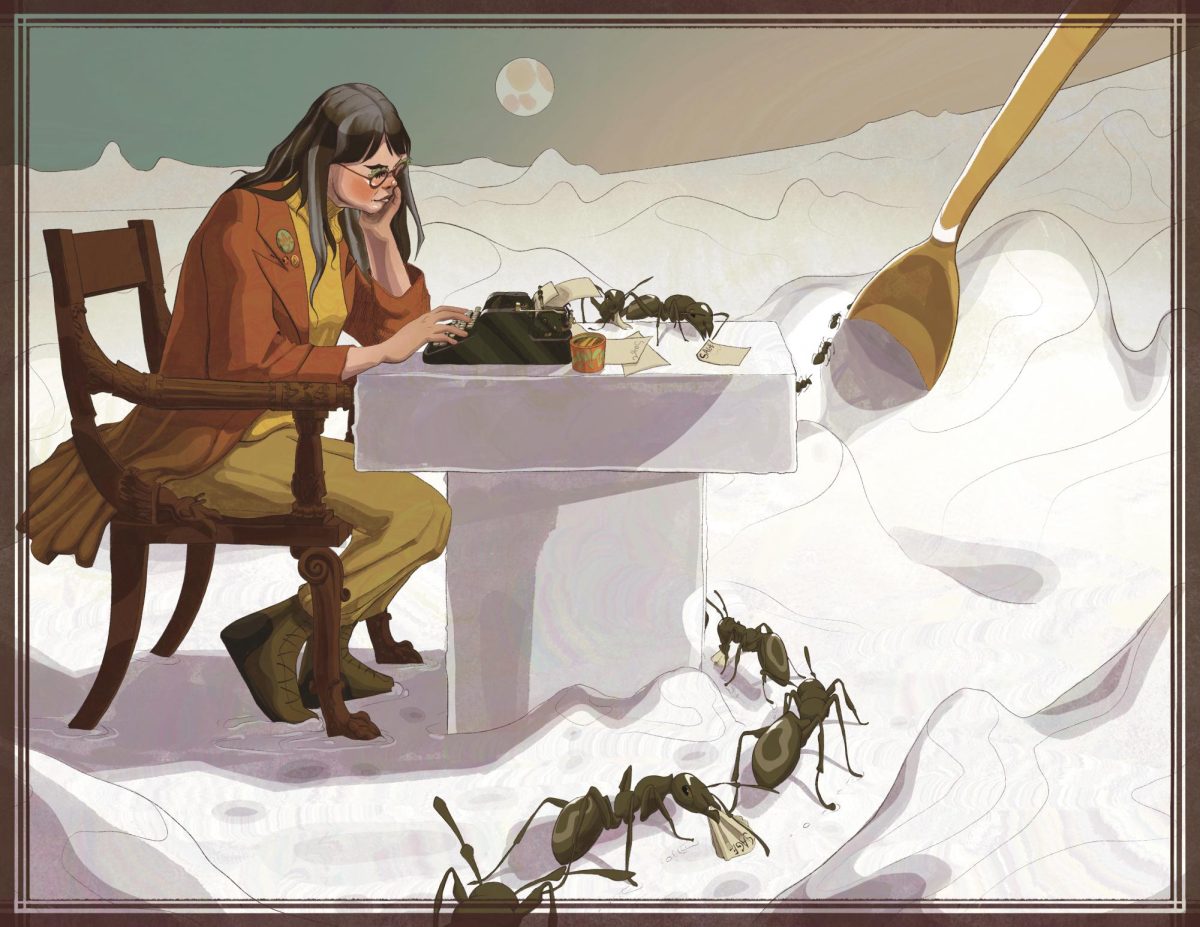




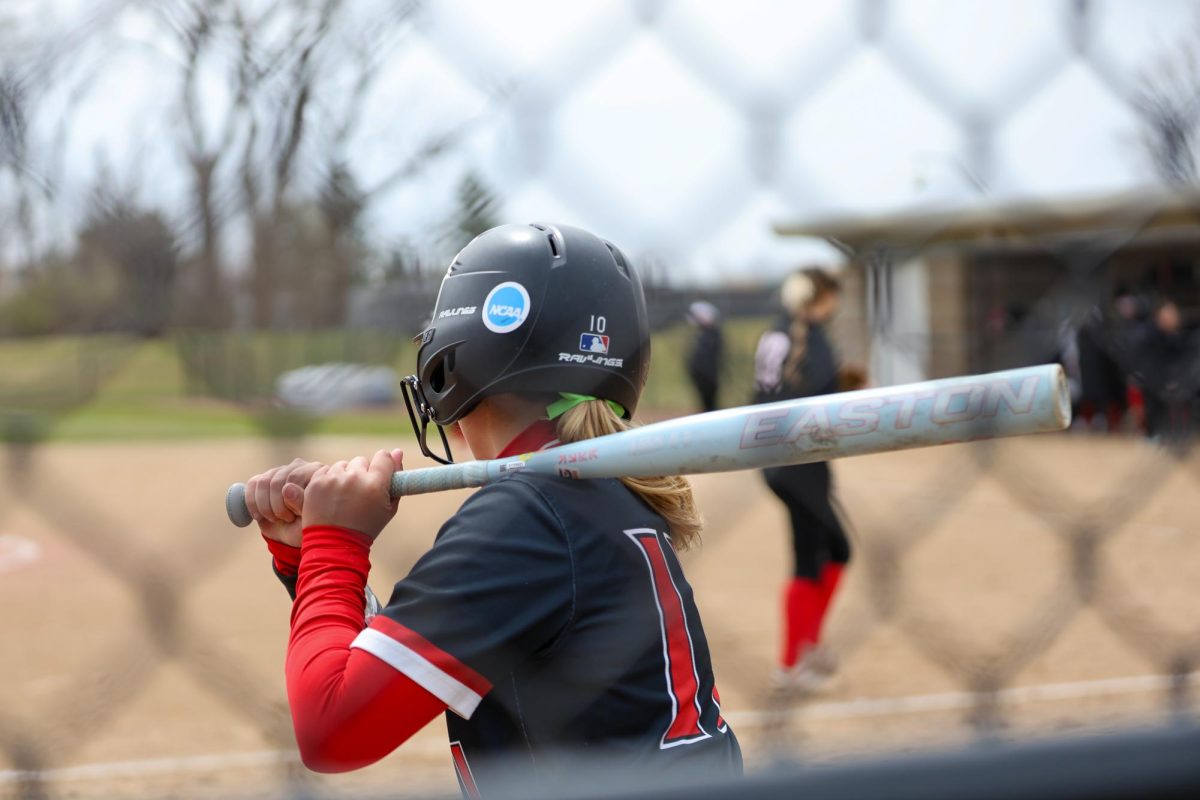
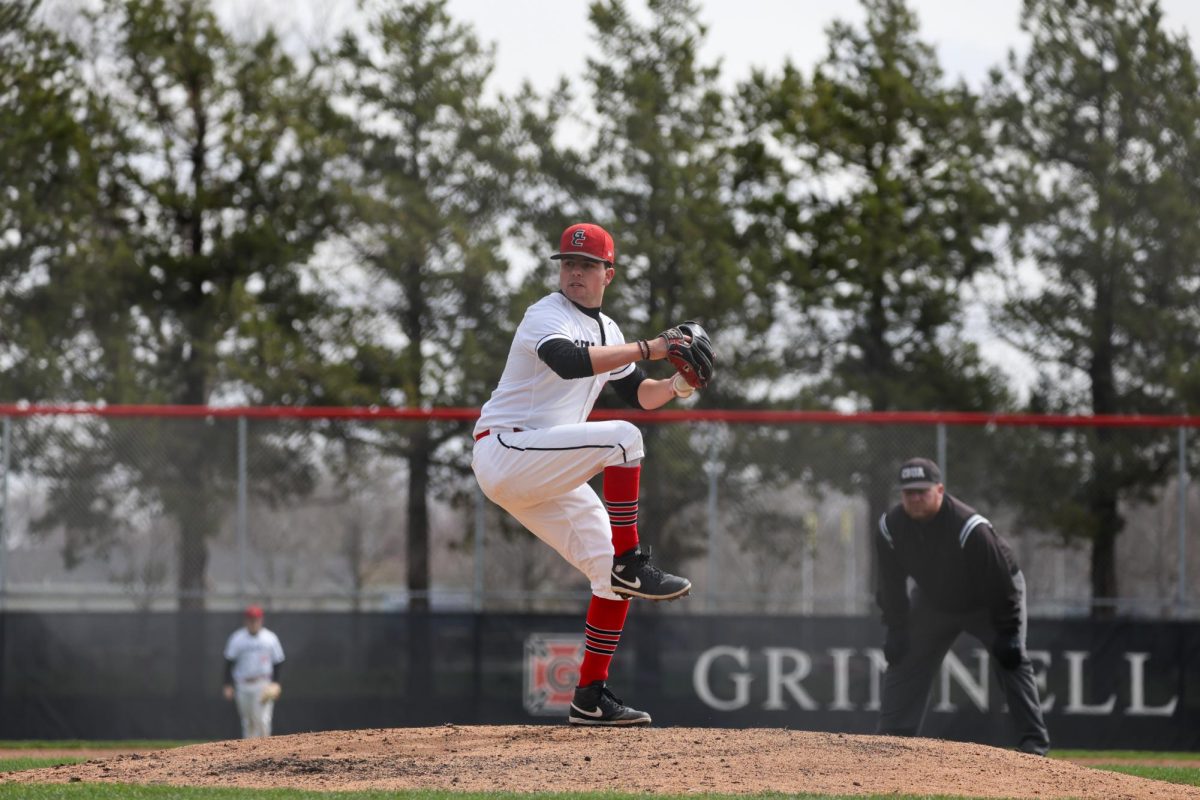












Kathy Voss • Mar 14, 2011 at 9:25 am
I considered prefacing this comment with the phrase “while I am not an expert…” but then I realized that the bulk of my opinions on ASDs and interventions for them are derived from parenting my 5 year old Autistic son, Julian, on whom I am indeed an expert. I own Mr. Savarese’s book and will admit that I have not read it in it’s entirety, however I read much of it. It is a brilliant book with prose so rich that while reading it I vacillated between feelings of intellectual inferiority, awe and wonder, and a bit of guilt for our approach to our son’s PDD-NOS diagnosis. While I am certain that it is not Mr. Savarese’s intention to incite guilt in parents of children on the spectrum with an alternate philosophy or approach to his, I think that the guilt stemmed from the fact that we had an approach at all. Our decision, after much soul-searching, research, and contemplating the wildly, dizzyingly contrary medical advice we received from doctors at the Mayo Clinic and a DAN doctor with 2 ASD children, we finally decided on ABA therapy @ approx. 40 hrs. per week. This treatment approach seems to be in stark contrast to the notion of accepting Julian for who he is and not “subjecting” him to behavior modification based on the idea that he was born this way and should not have to change. It’s not that I do not agree with Dr. Savarese’s idea and stance that we need to promote neurodiversity, because I do. I really, genuinely do. I do, however, also find it to be a bit lofty, even idealistic, to believe that we can change the “norm” of society instead of the outlying minority within our generation. Sad? Definitely. Pessimistic? Perhaps. Realistic? I think so.
While weighing our options for our son, I was so distraught trudging through the plethora of information on the internet and in print media that I had to make a decision. I had the highest-esteemed developmental pediatricians in the country first telling me that my child “absolutely DOES NOT have Autism,” (“look at his wonderful eye contact!” and “he’s so affectionate with you!”) and then, much later when I had pushed so hard for a diagnosis of which I was certain, “Ok, I’m comfortable now with saying he has PDD-NOS,” (“look how he’s looking right through his sister,” and “Oh my, he’s really not reading these social cues.”) I had seen firsthand very comparably educated and experienced doctors and clinicians having polar opposite opinions and views on Autism. Even more startling and confusing was that I found bits and pieces in each and every theory that I could “buy” and that I saw in my son. Imagine, for a moment, being a layperson with no medical credentials, no impressive titles or letters behind her name, and having to weigh all of the opinions and research in order to make a decision that could effectively determine the outcome of the rest of her child’s life. I knew that it wasn’t what these doctors knew about Autism, but what they, and all of us, didn’t know about Autism and I realized that my husband and I were, frighteningly, largely on our own to decide what would be best for Julian and for our family. This led me to temporarily suspend my desperate search for medical and/or research based theories and to seek out, instead, anecdotal accounts from adults who are on the Autism Spectrum. What did they wish had been done for them? What were their recommendations for the best way to love them and help them? Did they even need any help or did they want to be left alone? Resoundingly, the answers I discovered led me to a common theme: acceptance. In a way, this finding renders both Dr. Savarese and Dr. Daniolos “right” and indicates that much of their differing opinions lies largely in approach, and a bit perhaps in semantics (things like how did they “end up that way?” I recently attended a lecture by Dr. Temple Grandin who frequently refers to many people on the Autism Spectrum as “nerds & geeks” and I don’t think too many people would interpret her classification as rude or offensive.) In other words, Dr. Savarese seems to promote acceptance for these children/adolescents/young adults by urging neurotypicals to accept neurodiversity and Dr. Daniolos by recognizing this neurodiversity but helping these kids fit better within the neurotypical world.
I very much agree with Dr. Savarese (& Dr. Daniolos) that kids on the Autism Spectrum are not to be generalized or lumped together as non-empathetic, unfeeling, loners. That’s, in fact, the very crux of my position. With Autism and related disorders existing on such a vast continuum, it’s easy for the general public to form a mental picture of all Autistics as the outlying portion of the curve, those most severely affected, those who have more hallmark traits. If I had $1 for each time someone had expressed disbelief or surprise upon hearing that Julian is Autistic I would have amassed quite a sum of money by now. Julian is affectionate, has great eye contact, and has only the most subtle of stereotyped ASD behaviors (he has never had a tantrum, he has no handflapping/tics, etc.,) His only outward display of having an ASD is his lack of naturally and fluidly reading social cues and a bit of anxiety that results in sporadic heavy breathing. He also acquired speech late and has some issues with articulation/distortion. (And, I am aware that it could be drawn from my previous statements that I am stereotyping Autistic individuals by saying that he is in some way different than the “typical” Autistic person b/c of the attributes I mentioned. This is only because it is largely upon a few of these hallmark traits that the medical community relies for diagnostic purposes, which was, in our case, quite disadvantageous.) Getting to my point, even with these slight and subtle Autistic traits, Julian is different from his peers and his peers know this. Is that ok with me? Absolutely. No really-100% absolutely, positively. Not only am I ok with this, but as someone who tends to exist on the outer edges of mainstream America, I would prefer a quirky kid who isn’t “normal.” But this isn’t my choice to make, it’s Julian’s. Therefore I made my decision on how to best help him by thinking of what he may want. Enter again the anecdotes of those adults on the spectrum: so many things I read from them regarding their childhoods had the common theme of being the outcast and wanting to fit in with peers. Again, I’m not a child psychologist, but as a parent I truly feel that it is a rather innate quality in children to want to fit in and be accepted. I think that with time we, as a society, will move toward acceptance for those who are neurologically different, especially with the current “epidemic of Autism.” We are hopefully evolving all the time into a kinder, more open-minded people who will learn to co-exist with each other regardless of how normative our expressions of emotion and behavior are. I think Dr. Savarese is one of the pioneers of this movement and his views and aspirations of inclusion for all are commendable and hopeful. I just think it will take a really, really long time to get there. In the meantime, I’ll be teaching my children the value of diversity and acceptance and hope for the best.
I love the fabulous quote from Albert Einstein, “Everybody is a genius. But if you judge a fish by its ability to climb a tree, it will live its whole life believing that it is stupid.” This is so important to remember when thinking of kids on the Autism Spectrum. I have to say, when I first read that quote I felt once again defensive of our choices for Julian, once again hearing the words of those opposed to behavior modification telling me not to try to change him but then my perspective changed: we’re not trying to change him, but instead providing a path to learning that is specifically geared to how he learns which differs from his neurotypical peers. I have heard ABA therapy negatively referred to as “dog training” by it’s opponents. Honestly, I can see from where that opinion is derived. It is intense, it is intrusive, it can often seem overwhelming or a bit like programming. But, at a time when theories on how to treat Autism are highly contested and long-term studies are not readily available for newer interventions, what is a parent to do?
Irene Powell • Mar 3, 2011 at 9:41 am
I’m not an expert, although I have read the autobiographies/memoirs of autistics and people with ADHD, the books written for parents by experts, and popular readings distilling the scientific research. I also have a son who has ADHD, a “disorder” which they say is on the autism spectrum, and know DJ Savarese, whom Ralph Savarese refers to in his comment. My comment is just anout a theory of mine, however, although it is not inconsistent with my reading, and it pertains to the feeling Ken expresses above about Dr. Daniolos’ characterization of “the male systematizing mind versus the empathizing female mind”. I used to accept this characterization, feminist though I was, and would have accepted it in the theory described by Daniolos, challenging though it was to what I would have liked to believe. But as I have gotten older, my observations tell me that men tend to be less analytical and systematizing than women. In discussions, disagreements, etc., men become more emotional and illogical, while the women, while they may be talking about what they are feeling, and perhaps even crying, etc., are saying things that are logical and consistent. The difference is that women will be analytical and logical about emotions as well as about other things, whereas men usually shy away from even thinking about emotions, much less approaching emotions in an analytical way. Perhaps men have more sensory overload regarding emotions, and that is the reason they are both more likely to be autistic, and more likely to avoid addressing their emotions or thinking about them logically. It is just too painful. It might even be that men are just as systematizing and logical as women in areas that have nothing to do with emotions, including the ego. This could perhaps also explain why men are more likely to lose themselves in – specialize in – analysis of things that are as far away as possible from the emotions as possible (e.g., science and math). I’m discussing generalities, averages, and tendencies, not something that would be true of all men and all women, of course. Just an idea, but consistent with Professor Savarese’s comments and the fact that Professor Daniolos mentions regarding autism rates between girls and boys.
Ken • Feb 27, 2011 at 12:13 am
I’m not sure how I feel about Dr. Daniolos characterization of “the male systematizing mind versus the empathizing female mind.”
Ralph Savarese • Feb 26, 2011 at 11:32 am
I was unable to attend the talk by Dr. Daniolos, though my wife, an inclusion expert, did. I must say that I’m disappointed by the way that ASD (Autism Spectrum Disorder) gets characterized in the interview above. Dr. Daniolos offers what scholars in the field of disability studies would call a medicalized view; there’s no doubt that such a view, backed up by academic credentials in a scientific field, typically carries more weight than that of a parent or humanist scholar. I will nevertheless proceed by sketching a critique.
It’s VERY important that people understand just how contested the two theories that Dr. Daniolos mentioned–“theory of mind” and “mirror neurons”–are. While some people with autism might indeed have trouble producing a version of empathy that could be called normative, others–indeed, many others–do not. I would direct readers to the self-advocate roundtable in a special issue of Disability Studies Quarterly called “Autism and the Concept of Neurodiversity” that my wife and I recently co-edited (http://www.dsq-sds.org/issue/view/43). In that roundtable, autistics across the spectrum both refute and deconstruct this claim. The supporting anecdote that Dr. Daniolos offers about the injured mother could reveal instead an aytpical expression of empathy and indeed a problem with neurotypical presumption. The sight of mom on the floor in pain could be so overwhelming to someone with profound sensory and anxiety issues that he or she can’t deal with the situation. Is that a lack of empathy? If neurotypicals, particularly neurotypical scientists, would stop looking for normative expressions of ordinary emotions, they might be stunned by what they find. When I adopted my autistic son from foster care, he was in the habit of taking me to the couch and banging his head–not quite softly, not quite violently–against my own. Years later, after he’d been taught to read and type on a computer, he remarked, “Dad, I was trying to say hello.” Imagine how someone stuck on normative expressions of human behavior would have interpreted this scene. The view from the inside of autism is distinctly different from the view from the outside. My son told me that his sensory processing was so out of whack that only the pressure of his forehead on mine allowed him to take me in.
And so, it’s very important to think, almost anthropologically, about an encounter with neurological difference. What assumptions and judgments do you bring to the encounter? How do they color what you see and the manner in which you describe what you think you have seen? It’s also important not to generalize (“kids with autism,””these kids,” etc.). There is as much variation in autism as there is in the neurotypical population. When we say “kids with autism” or “these kids…,” we encourage people to imagine that ALL autistics have a problem with empathy; some can learn to produce a very normative expression of it. I don’t see what the point is in scrutinizing such a performance to “out” someone not fully neurotypical or to note that the performance isn’t entirely fluent. Only the concept of neurodiversity can make room respectfully for difference in the world. I’m not saying that kids with autism shouldn’t have counseling or occupational therapy or physical therapy; I’m saying that how we give them that counseling literally and figuratively makes all the difference. Autistics do some things much better that NTs. Do we seek counseling to address our inadequate memories, bland sensory processing, ignorance of nature, etc.? We have people on the spectrum on this campus; my son is going to Oberlin next year. We have to create fully inviting and supportive environments for them–indeed for everyone. Let’s not use words, even humorously, like “freaky,” as apparently Dr. Daniolos did in his talk. I would never offer advice, even pragmatically, that has been framed like this: “Because these kids can be disarming. They will bump into you; they’ll act as if you’re not there; they’ll totally dismiss you. You might experience them as rude, willful, badly mannered, poorly parented. I think the best thing you can do is to become well aware, so that when we see that quirky kid in a store, you think twice about how they ended up that way.” End up that way?
I invite members of the Grinnell community, including Dr. Daniolos, to come to a performance of “Finding Our Voices,” a kind of Spoon River Anthology of autistic writings, compiled by my son and acted by his neurotypical peers from the high school. The performance is part of an effort by the disability committee and the student group AJUST to promote the notion of disability allies. Followed by a talk-back with the cast, director and playwright, it will be performed in JRC 101 at 8:00 on March 10th. On March 8th at 2:30 it will be performed at the Center for Disability at the University of Iowa. At Grinnell, where we rather ostentatiously speak of our commitment to social justice, let us all aspire to be the most warmly and invitingly inclusive campus in America.
Ralph Savarese
Associate Professor of English
Grinnell College